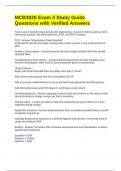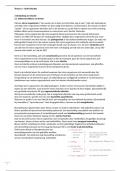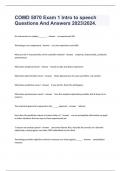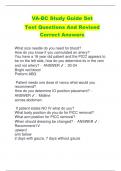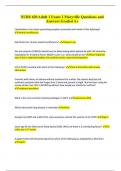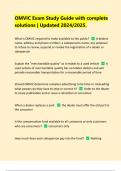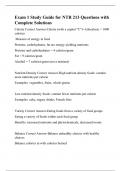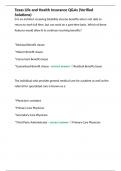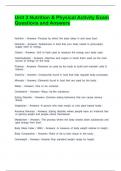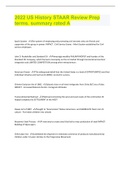Tentamen (uitwerkingen)
MCB3020 Exam 3 Study Guide Questions with Verified Answers
- Vak
- Instelling
Tools used in biotechnology and genetic engineering - Answer-In Silico analysis, DNA microarray analysis, gel electrophoresis, PCR, and RFLP analysis. PCR - Answer-*Polymerase Chain Reaction* technique for quickly and easily making many copies of even a very small amount of DNA Reverse Trans...
[Meer zien]
